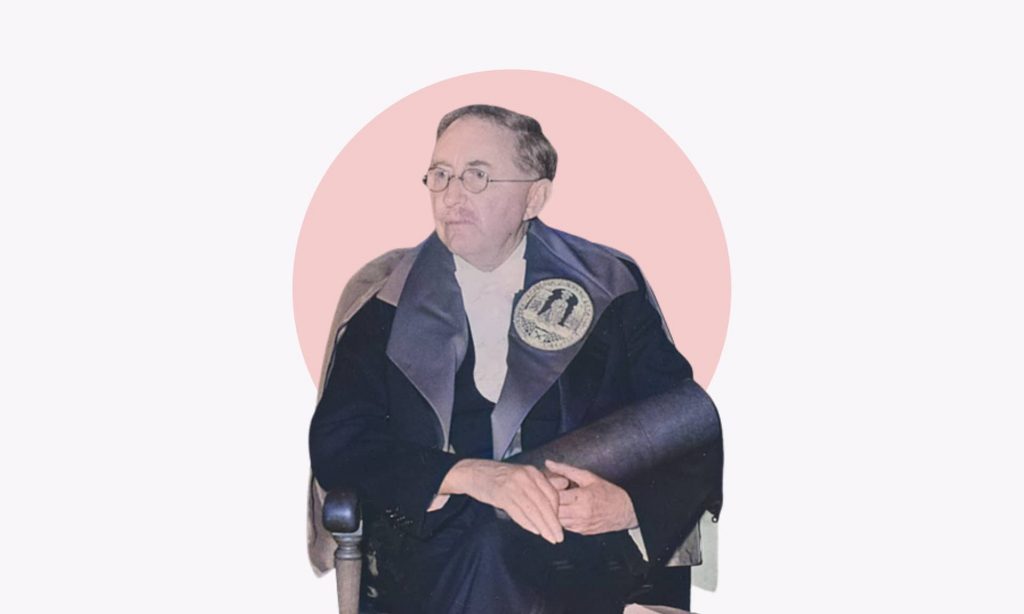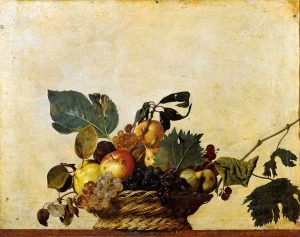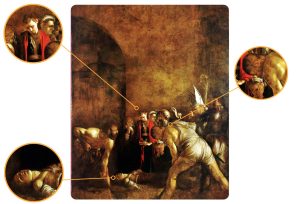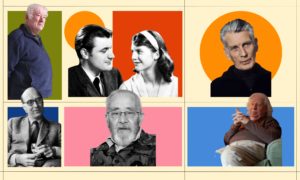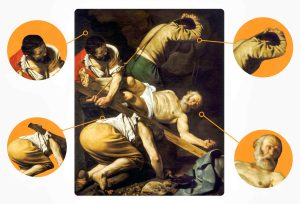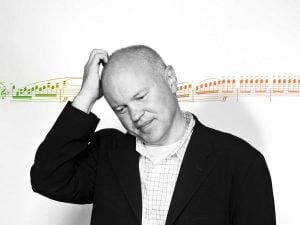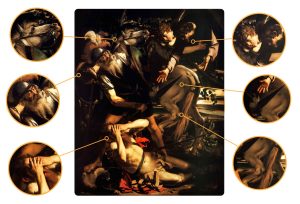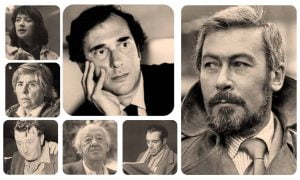Edward Morgan Forster was born in London on the 1st January 1879. His family was typically upper-middle class. Edward Forster senior was a Cambridge graduate architect and Lily, his wife, was the adopted child of a rich family. However, when E.M. Forster was still a baby, Edward, his father, died of tuberculosis leaving his only son in the care of Lily. The child was brought up only by women, a fact which was to influence his formative years. After his father’s death, mother and son moved to Stevenage in Hertfordshire. There they lived in a large house in the middle of the English countryside, visited only by Lily’s female relatives and friends. Lily and her son developed a deep and loving relationship. In later years Forster wrote that his mother had given him “a sort of rich subsoil where I have been able to rest and grow”.
When Forster was only eight years old his great-aunt, who had been a frequent visitor to their house, died leaving him a large sum of money. Everything was perfect for Forster, almost idyllic. But at the age of fourteen the owner of their beautiful house in Stevenage refused to renew the lease and the two had to move to Tonbridge in Kent. Here Forster’s life changed drastically. He was very unhappy at the public school he was sent to. His fellow students teased and tormented him because of his graceful and not typically boyish character. One of these students remembered later on in life: “Forster? A little cissy. We took it out of him, I can tell you”.
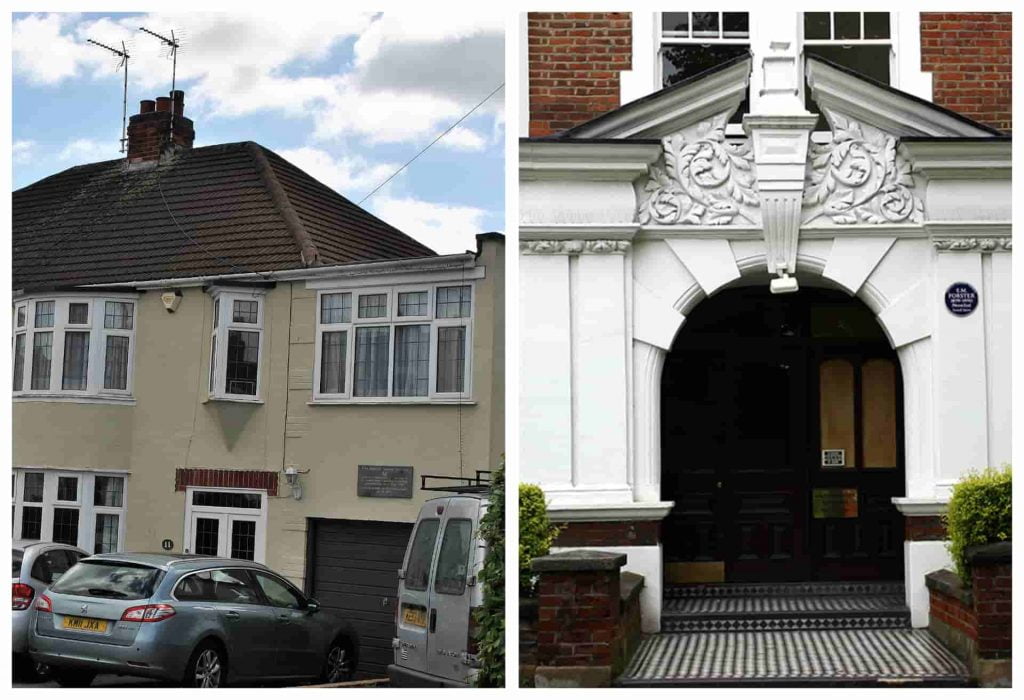
Forster then went to King’s College, Cambridge, where he was introduced to many intellectual groups, especially to the Apostles and to the members of what was later to become the Bloomsbury Group. It was at Cambridge that Forster came to terms with his own homosexuality, in particular thanks to the open discussions he used to have on the subject with the members of these groups, like Bertrand Russell, H.O. Meredith, Virginia Woolf and her husband Leonard.
After leaving Cambridge in 1901 he remained very close to Meredith, who he considered as being his first “great love”. Forster and his mother then travelled to Italy and Greece where he absorbed every feeling and emotion, cultivating them for his creative future as a writer. After a few months in Germany, Forster returned to England where he met a handsome young Indian man called Syed Ross Masood. The two developed a very deep friendship which was to last until Masood’s death in 1937. The importance of Masood’s influence on Forster is clearly evident in Forster’s own words about his friend: “He woke me up out of my suburban and academic life, showed me new horizons and a new civilization”.
Forster had visited the “new civilization” in 1912. India naturally gave him all he needed for his masterpiece A Passage to India, which was published in 1924. By that time, Forster had already become very well-known with his previous novels, A Room With a View (1908) and Howards End (1910).
When the First World War broke out Forster went to Egypt where he worked for the International Red Cross. After returning to England in 1919, he found it rather difficult to settle back to the English way of life and therefore left for India where he remained for three years. In 1930 Forster met the man who gave him great love and friendship. This was the young Bob Buckingham. The two were lovers at first, but after Bob married, they remained the best of friends. Their friendship was so intense that Bob and his wife, May, made Forster the godfather of their baby boy, named Robert Morgan after him.
The Second World War was a very painful period for Forster who was a convinced pacifist. To make matters worse, his mother was very ill and very old and had become a great burden for him. When she died in 1945 Forster felt as though his own life had ended. She was 90 years old and he was in his sixties. As it turned out he was to live on until 1970 when he died on the 7th June at the age of 91.
Literary Career
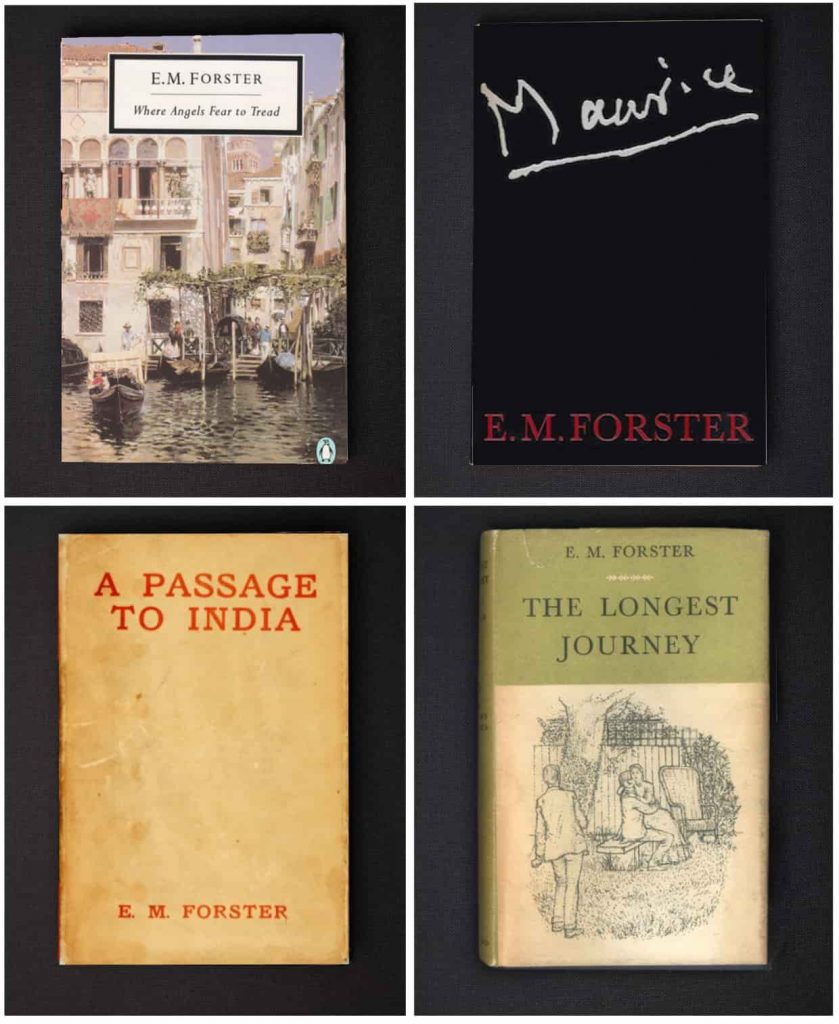
E.M. Forster’s first novel, Where Angels Fear to Tread, was written in 1905. The title of this first book really sums up Forster’s entire literary output. The author explored the two worlds which man was constantly facing: the world of convention and the world of instinct. People may choose to follow whichever, but both alternatives have their price. His second novel The Longest Journey, written in 1907, attacked British life with his biting satire on the narrow-mindedness and pettiness of public school.
Like Where Angels Fear To Tread, Forster’s third novel, A Room with a View, published in 1908, was partly set in Italy. As in his first book, Forster showed how this totally different Mediterranean culture helped exorcise typically British taboos.
In 1910 Forster published Howards End. This novel also focused on conflicting values. The story explored the lives of two distinct families, the Schlegels and the Wilcoxes, and their different cultural backgrounds. The issue in question was culture as opposed to business. In 1913 Forster wrote Maurice, a beautifully touching story on homosexual love. In this story two homosexual lovers chose different paths. One followed his instinct and accepted his homosexuality, freeing himself from the chains of social convention. The other, on the contrary, followed the “right” path and got married, sacrificing in that way his spontaneous and instinctive nature.
Forster’s last and best-known novel, A Passage to India, was published in 1924. The dichotomy in this novel focused on the differences between the British and Indian cultures, showing how racial prejudice can lead to misunderstanding , thus affecting personal relationships.
Style and Themes
Forster excelled in creating that particular dichotomy which he believed was a typical feature of man’s life. His complex characters were always torn between two different cultures, or two opposing values, or two conflicting planes of living. All his novels focused on the difference between instinct and convention. The world of convention he described with masterful satire and wit, while the world of instinct he described with emotion and heartfelt tenderness.
Forster’s characters were outstanding creations of psychological depth and complexity. Their tumultuous journey developed with subtle emotional depth and the eventual realisation and fulfilment was always the outcome of painful and turbulent doubts and contradictions. Through his characters’ emotional struggle, Forster showed that human beings should always accept their natural feelings without being chained to false morality or social convention.
Forster’s language is simple although very polished and mellifluous. In both his descriptive and narrative style he is clear and to the point. He never beats around the bush and even in his use of satire he is neither cryptic nor complicated. Forster also uses humour throughout his work and this often gives his novels that touch of light-heartedness which softens the seriousness of their content.
Edward Morgan Forster was awarded one of Britain’s most important decorations, the Order of Merit, and is today considered to be one of the leading writers of the 20th century.
A Passage to India
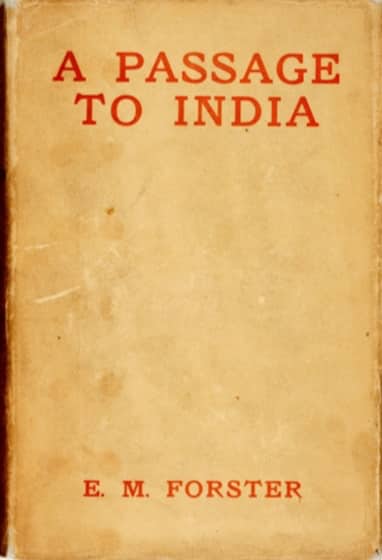
A Passage to India is considered to be Forster’s masterpiece. The novel investigates the possibility of reciprocal understanding and tolerance among people, in a country torn by internal conflict.
Forster drew inspiration for the title from a poem by the American poet Walt Whitman (1819-1892), entitled Passage to India. Forster’s novel is divided into three parts – Mosque, Caves and Temple – each having a different narrative and symbolic function. In Mosque Forster explores the possibility of friendship between the English and the Indians; in Caves, this friendship is viewed as being intricately strenuous and finally, in Temple there is hope for a reconciliation.
The novel opens with a description of Chandrapore, where the story is set. It is presented as an unattractive town where an English community lives. Dr Aziz lives and works in Chandrapore as an assistant to Major Callendar, in the Government hospital.
In her journey to India, Mrs Moore is accompanied by Adela Quested, who is evaluating the possibility of marrying Mrs Moore’s son, Ronny Heaslop, the local magistrate.
When both Adela and Mrs Moore express their desire to know more about the real India, Mr Turton, the town collector, organises a party in order to bring the two cultures together. The party, however, proves to be a failure because of the lack of communication between the two groups. At the party, Adela and Mrs Moore meet Dr. Aziz and Mr Fielding, the principal of the government college. Mr Fielding invites them to another party at his home, where they are introduced to Professor Godbole and where Mrs Moore meets Aziz again. Azi, who is very kind and friendly, is very eager to show his friendship towards the two ladies by inviting them to the Marabar Caves, the main attraction in the area near Chandrapore.
Once in the caves, Adela undergoes a personal emotional epiphany.
She realises that she does not really love Ronny. When she hears the echo, she runs out of the caves and goes back to Chandrapore in Mrs Derek’s car. When Aziz, Fielding and Mrs Moore return from their trip to the Marabar Caves, Aziz is arrested with the accusation of the attempted rape of Adela. Fielding knows that Aziz is innocent and tries to help his friend. At the trial, after the initial confusion, Adela declares that she was not sure whether Aziz had followed her into the cave. Aziz is then freed. During the trial, news arrives that Mrs Moore died on her way back to England.
When the trial is over, Fielding takes care of Adela and persuades Aziz not to claim damages against her. This request makes Aziz suspect that his friend is going to marry Adela for her money. As a consequence of the trial, Adela breaks her engagement with Ronnie and decides to go back to England where she takes care of Mrs. Moore’s children, Ralph and Stella.
The third part of the novel, Temple, moves the setting from Chandrapore to Mau, a small independent state, where Aziz works as the personal doctor for the Maharajah.
Fielding, who in the meantime has become a school inspector, is on an inspection visit to Mau.
Aziz finds out that Fielding had not married Adela but Mrs Moore’s daughter Stella, whose brother Ralph has accompanied him to Mau. The old misunderstanding is thus eventually cleared up and the two men can be friends again.
The trip to the Marabar caves is the turning point in the story. What actually takes place in the caves is not clear, but certainly the two English ladies experience deep emotional turmoil, and Mrs Moore is so deeply affected by the experience that she loses all interest in life itself. As a consequence, her once steadfast values and her personal affections were lost in the quagmire of emotional distress. This is the effect of the echo, which is first heard in the Marabar Caves. Both Adela and Mrs Moore are tormented by it even well after the visit. The echo is a “boum” which is a haunting sound that levels everything to the same tedious monotony. It annihilates the distinction between good and evil and clouds the spiritual consciousness. The “boum” highlights the gap between the eastern civilization where life is spiritually ethereal and balanced, and the western civilization, which is based on a strong contrast between good and evil.
Critics have attempted different interpretations to explain the experience Mrs Moore undergoes within the caves. According to one of these interpretations, it is suggested that she has made a journey into her subconscious, the result of which must have been terrifying for her. Another interpretation maintains that once in the caves, Mrs Moore realised that her religious convictions and values were actually not as deeply rooted and steadfast as she had thought. The fact remains, however, that after this experience she seems to have given up on life.
The Marabar caves may be said to represent the very essence of India, with its mysteries and complexities.



